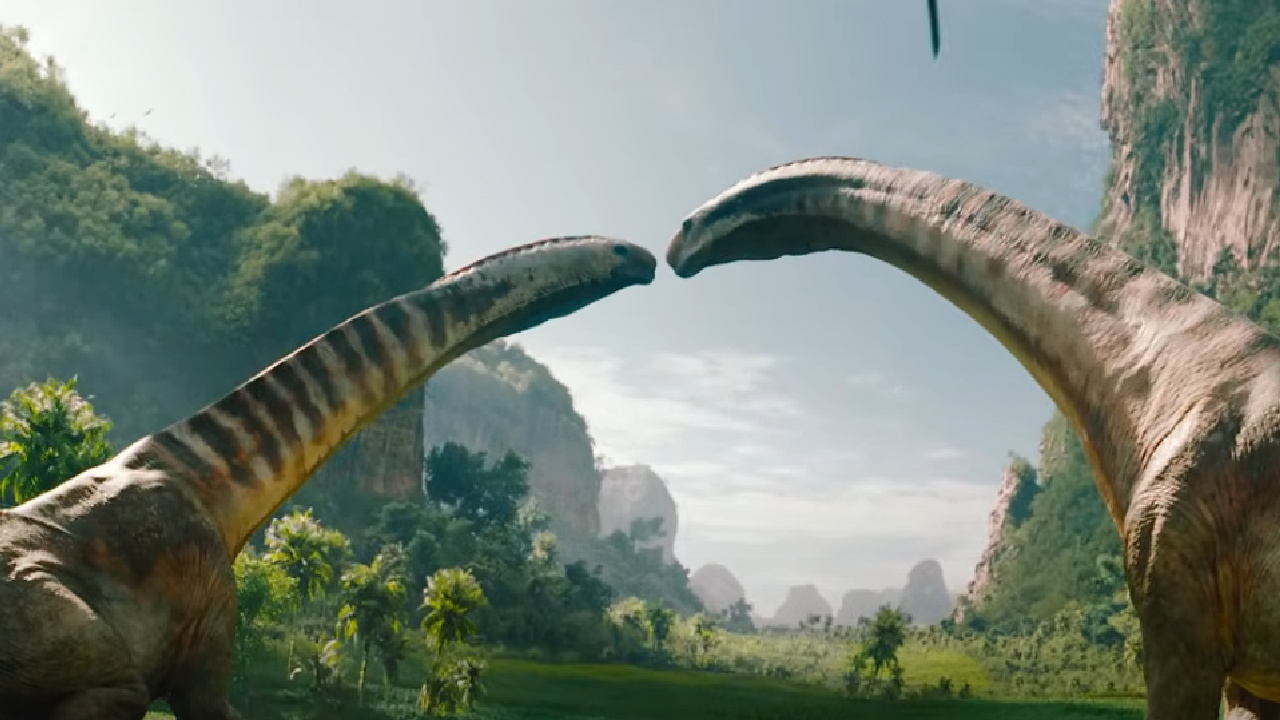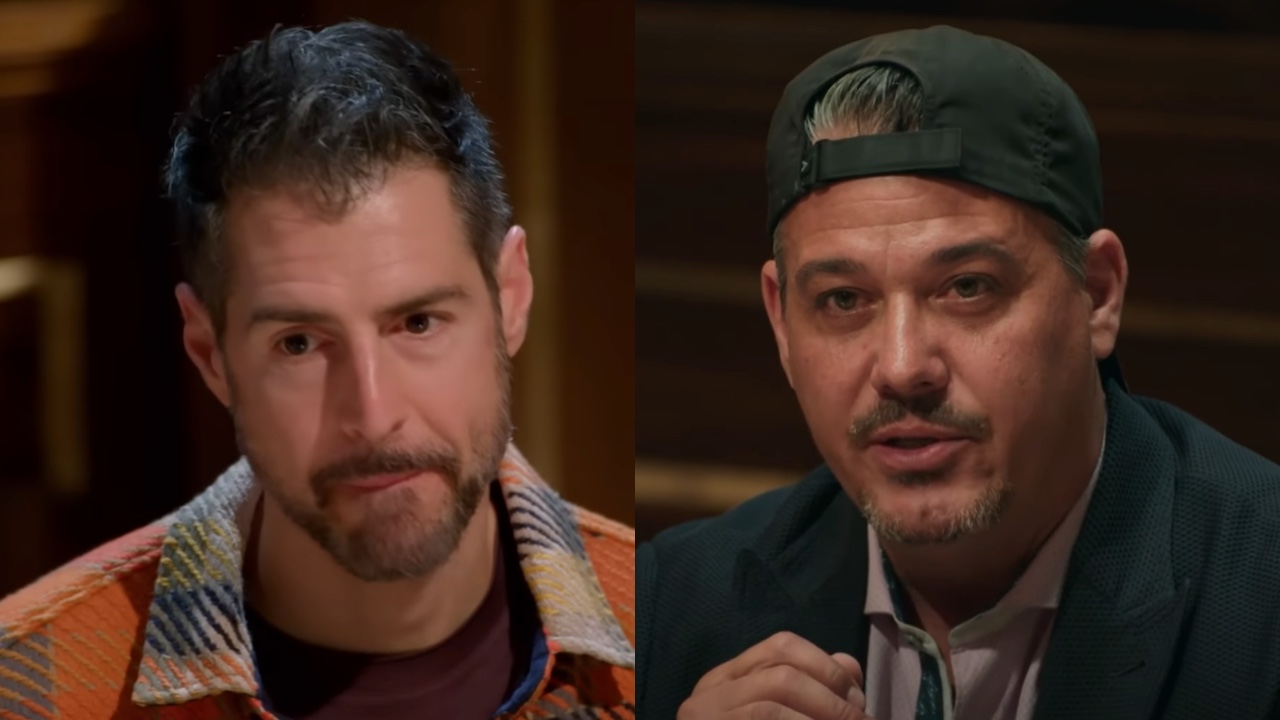How Does Jurassic World Rebirth's Dino Technology Work? Someone Asked The Actual Scientists Who Revived Dire Wolves
Are dinosaurs next to be revived?

When it came to making Jurassic World: Rebirth, Universal seemingly spared no expense to make the technology as real as possible, just like Steven Spielberg's original did all those years ago. In doing so, director Gareth Edwards and the creative team worked with Colossal Biosciences, a company spearheading de-extinction efforts using preserved DNA. The efforts have been strong, and their cloning technology has even managed to bring back the now-thriving dire wolves. The company boss who helped inform the movie is now chiming in on how accurate and possible the film's tech is.
In a recent interview with Comic Book Resources, Colossal Biosciences CEO Ben Lamm opened up about consulting for the new Jurassic World film, revealing that Edwards came to them in the early stages of making the film and wanted to discuss the specific differences and similarities between real life tech and movie tech in order to make the movie feel as grounded as possible. Lamm said:
We actually discussed the differences and similarities of the technologies. A lot of people wanted our feedback, even though we're not film critics, on how close we are to the subject matter.
As for how "realistic" they were able to get, it's hard to imagine what a more accurate depiction would be. However, that doesn't mean dinosaur revivals are just around the corner, despite what other Jurassic Park consultants have said.
Lamm explained that the organic material that is perceived to make de-extinction efforts a possibility is still a long shot when it comes to dinosaurs. While the original Jurassic Park has its scientists finding dino blood in a mosquito that is preserved in amber, actual scientists have concluded they likely will never find surviving organic material from the time when dinosaurs roamed the earth. As he told the publication:
I'm a guy who hates the word impossible. Maybe there were some dinosaurs that lived and somehow migrated to parts of the world that were cold, and they got trapped in a cave, and it was the right temperature, and so maybe there is something preserved. But I would say that no one has ever recovered anything from a dinosaur that was not fossilized, which is rock. So there's no DNA. There's no organic material left.
Despite this being the case, Lamm still feels confident that Jurassic World: Rebirth will help audiences understand some of the elements of cloning technologies that were used for dire wolves, and which are currently being used to revive the wooly mammoth. While Jurassic Park explained the basics used in actual science, Rebirth goes a step or two things further, as the sequel touches upon mutations that can occur when overexperimenting with DNA.
The film also introduces the idea of this DNA being helpful for medicine development, and Lamm praised the efforts made to shine a spotlight on that side of it, saying:
I actually think Jurassic World Rebirth will help us explain the genome engineering stuff. Just like in Jurassic Park, we take DNA. And we do genetic engineering, like Mr. DNA talks to you, and then we do cloning, and then we get an animal. So, we have utilized the tribal knowledge of Jurassic Park in the world to help explain what we do, and I think that now there's a subplot of human healthcare, and I'm like. "Oh, my gosh! That's perfect for us, because that is part of our mission.'
While Jurassic World: Rebirth, and all the Jurassic Park movies that came before it are definitely an exaggeration of the capabilities of cloning tech, it’s cool to know that some of it is rooted in reality. The first film laid the foundation for the basic science used by companies like Colossal Biosciences for de-extinction, and the new film expands upon it, introducing other goals of scientists that could potentially help evolve modern medicine.
Your Daily Blend of Entertainment News
Dinosaurs becoming a regular sight again on earth may be a long shot, but there are scientists out there making major developments with this tech. And a movie is a cool way to introduce these unique ideas to audiences.
You can see Jurassic World: Rebirth for yourself now, as the film is currently playing in theaters nationwide. Fans of the franchise can also revisit the previous Jurassic films, which are now streaming with a Peacock subscription. For more information on other exciting titles heading to the big screen this summer, make sure to consult our 2025 movie release schedule.

Writer, podcaster, CinemaBlend contributor, film and television nerd, enthusiastic person. Hoping to bring undying passion for storytelling to CinemaBlend.
You must confirm your public display name before commenting
Please logout and then login again, you will then be prompted to enter your display name.
